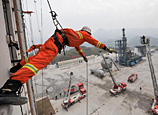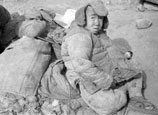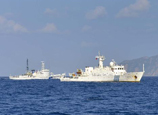
The November PPI figure was in line with the country's latest purchasing managers index, which rose to 50.6 percent in November from 50.2 percent in October, suggesting that manufacturing activity has improved.
Because of sluggish external demand and a cooling property market, China's economy grew 7.4 percent in the July-September period, its weakest performance in more than three years and the seventh straight quarter of slowing expansion.
In order to buoy growth, the central bank lowered benchmark interest rates twice this year, cut banks' reserve requirement ratios (RRR) by 100 basis points, pumped liquidity into the market and approved a series of infrastructure projects worth more than 1 trillion yuan.
A mild rise in the CPI and a recovery in factory-gate prices dampened expectations of further policy loosening as the economy recovers.
Wang said the country should continue to maintain a positive fiscal policy and a stable monetary policy over a period of time to consolidate the economic recovery momentum.
Liu Ligang, an economist with ANZ National Bank Ltd., said the possibility of a 50-basis-point RRR cut can not be ruled out in December, suggesting that the government remain vigilant against inflationary pressures in 2013.
The central bank will conduct large-scale reserve repos more frequently to inject liquidity into the market in coming days, as banks often lack funds at the end of the year, according to Liu.
【11】 【12】
















 'Devil' foreign instructors at Chinese bodyguard training camp
'Devil' foreign instructors at Chinese bodyguard training camp


![]()
